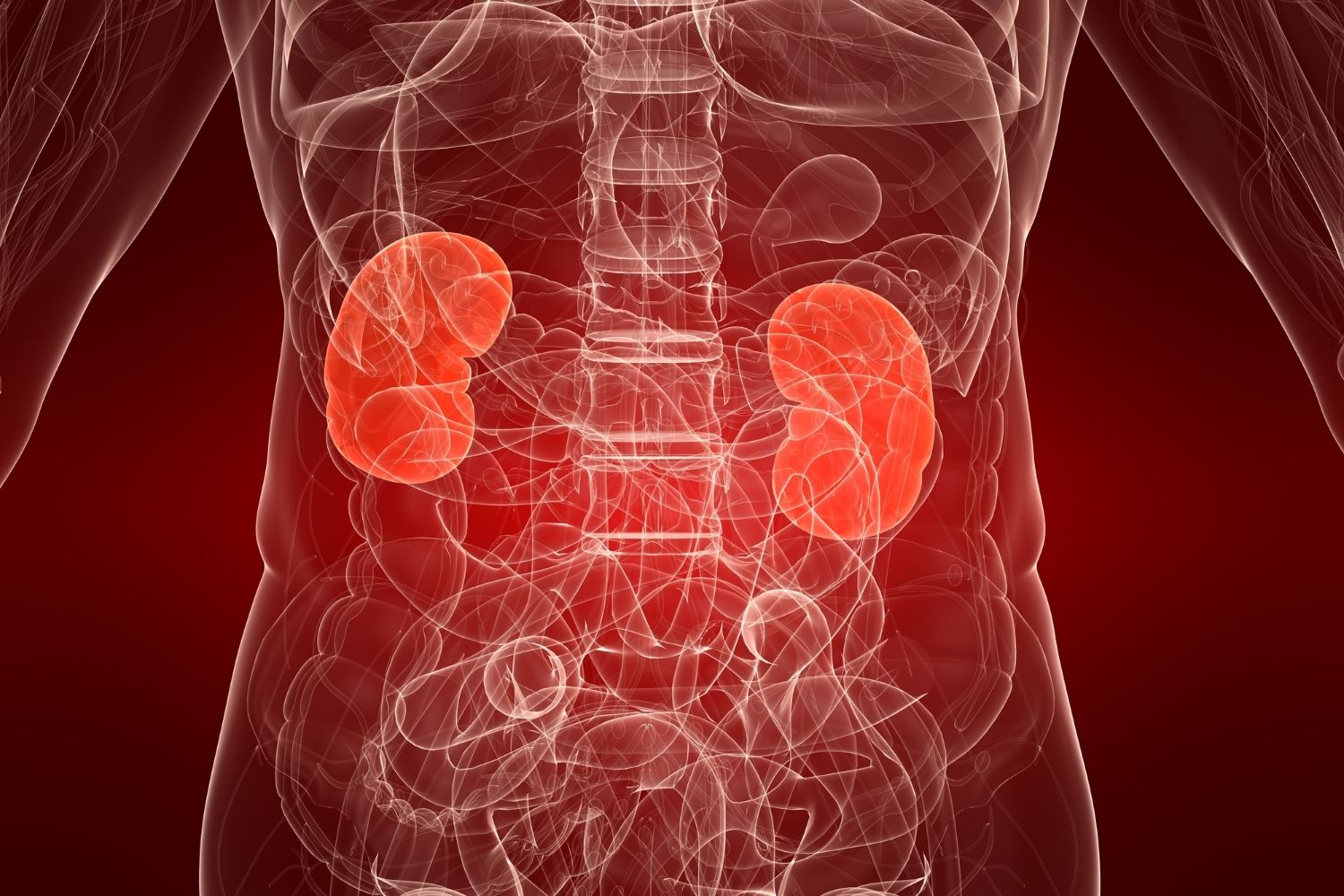
Double Uterus-Hemivagina-Renal Agenesis (DUHRA) is a rare congenital condition that affects the female reproductive system and kidneys. DUHRA involves the presence of two uteruses, a partially formed vagina, and the absence of one kidney. This condition can lead to various complications, including menstrual irregularities, pelvic pain, and fertility issues. Understanding DUHRA is crucial for those affected and their families, as it helps in managing symptoms and seeking appropriate medical care. In this blog post, we will explore 25 intriguing facts about Double Uterus-Hemivagina-Renal Agenesis to shed light on its causes, symptoms, diagnosis, and treatment options. Whether you are a medical professional, a patient, or simply curious, these facts will provide valuable insights into this complex condition.
Key Takeaways:
- Double Uterus-Hemivagina-Renal Agenesis (DUHRA) is a rare condition involving two uteruses, a partially developed vagina, and a missing kidney. It can lead to reproductive challenges and requires early diagnosis and multidisciplinary support.
- Understanding DUHRA's genetic and developmental aspects is crucial for managing this rare condition. Regular check-ups, psychological support, and advancements in medical technology play a key role in improving the quality of life for individuals with DUHRA.
Double Uterus-Hemivagina-Renal Agenesis: A Rare Condition
Double Uterus-Hemivagina-Renal Agenesis (DUHRA) is a rare congenital disorder affecting the female reproductive and urinary systems. This condition involves the presence of two uteruses, a partially developed vagina, and the absence of one kidney. Here are some fascinating facts about this unique medical condition.
Understanding Double Uterus
A double uterus, also known as uterus didelphys, occurs when a female has two separate uterine cavities. This can lead to various reproductive challenges.
- Uterus didelphys is a congenital anomaly where the uterus fails to fuse during fetal development.
- Women with this condition may have two cervixes and, in some cases, two vaginas.
- Pregnancy is possible but may come with higher risks, including preterm labor and breech birth.
- Surgical intervention is sometimes required to correct complications associated with a double uterus.
- This condition is often diagnosed through imaging techniques like ultrasound or MRI.
Hemivagina: A Partially Developed Vagina
Hemivagina refers to a partially developed or obstructed vagina, which can cause menstrual and reproductive issues.
- Hemivagina often leads to menstrual blood being trapped, causing pain and potential infections.
- Surgical procedures can create a normal vaginal opening, alleviating symptoms and improving quality of life.
- This condition is usually identified during adolescence when menstrual irregularities become apparent.
- Hemivagina can be associated with other reproductive anomalies, including uterus didelphys.
- Early diagnosis and treatment are crucial for preventing long-term complications.
Renal Agenesis: Missing a Kidney
Renal agenesis is the absence of one kidney, which can occur alongside reproductive anomalies like DUHRA.
- Renal agenesis happens when one kidney fails to develop during fetal growth.
- Individuals with this condition often lead normal lives with one functioning kidney.
- Regular monitoring of kidney function is essential to ensure the remaining kidney remains healthy.
- Renal agenesis is sometimes detected through prenatal ultrasounds.
- This condition can be part of a broader syndrome involving other organ systems.
The Genetic and Developmental Aspects
Understanding the genetic and developmental factors behind DUHRA can provide insights into its occurrence and management.
- DUHRA is believed to result from disruptions in the development of the Müllerian ducts and urinary system.
- Genetic mutations may play a role, although the exact causes are not fully understood.
- Family history can sometimes indicate a higher risk of congenital anomalies.
- Research is ongoing to identify specific genetic markers associated with DUHRA.
- Environmental factors during pregnancy may also contribute to the development of this condition.
Living with DUHRA
Managing DUHRA involves a multidisciplinary approach, including medical, surgical, and psychological support.
- Regular gynecological check-ups are essential for monitoring reproductive health.
- Psychological support can help individuals cope with the emotional aspects of living with a rare condition.
- Support groups and online communities provide valuable resources and connections.
- Advancements in medical technology continue to improve the diagnosis and treatment of DUHRA.
- Education and awareness are key to ensuring early detection and appropriate management.
Final Thoughts on Double Uterus-Hemivagina-Renal Agenesis
Double Uterus-Hemivagina-Renal Agenesis (DUHRA) is a rare condition that affects the reproductive and urinary systems. Understanding DUHRA helps in recognizing the unique challenges faced by those diagnosed. Early diagnosis and treatment can improve quality of life. Symptoms often include menstrual irregularities, pelvic pain, and urinary tract issues. Medical professionals use imaging techniques like MRI and ultrasound for accurate diagnosis. Treatment options vary, from surgical interventions to manage symptoms to supportive therapies. Awareness and education about DUHRA are crucial for better patient outcomes. Sharing knowledge about this condition can lead to earlier detection and more effective management. If you or someone you know shows symptoms, consult a healthcare provider. Knowledge empowers patients and caregivers to make informed decisions. Stay informed, stay proactive, and support those affected by DUHRA.
Frequently Asked Questions
Was this page helpful?
Our commitment to delivering trustworthy and engaging content is at the heart of what we do. Each fact on our site is contributed by real users like you, bringing a wealth of diverse insights and information. To ensure the highest standards of accuracy and reliability, our dedicated editors meticulously review each submission. This process guarantees that the facts we share are not only fascinating but also credible. Trust in our commitment to quality and authenticity as you explore and learn with us.
